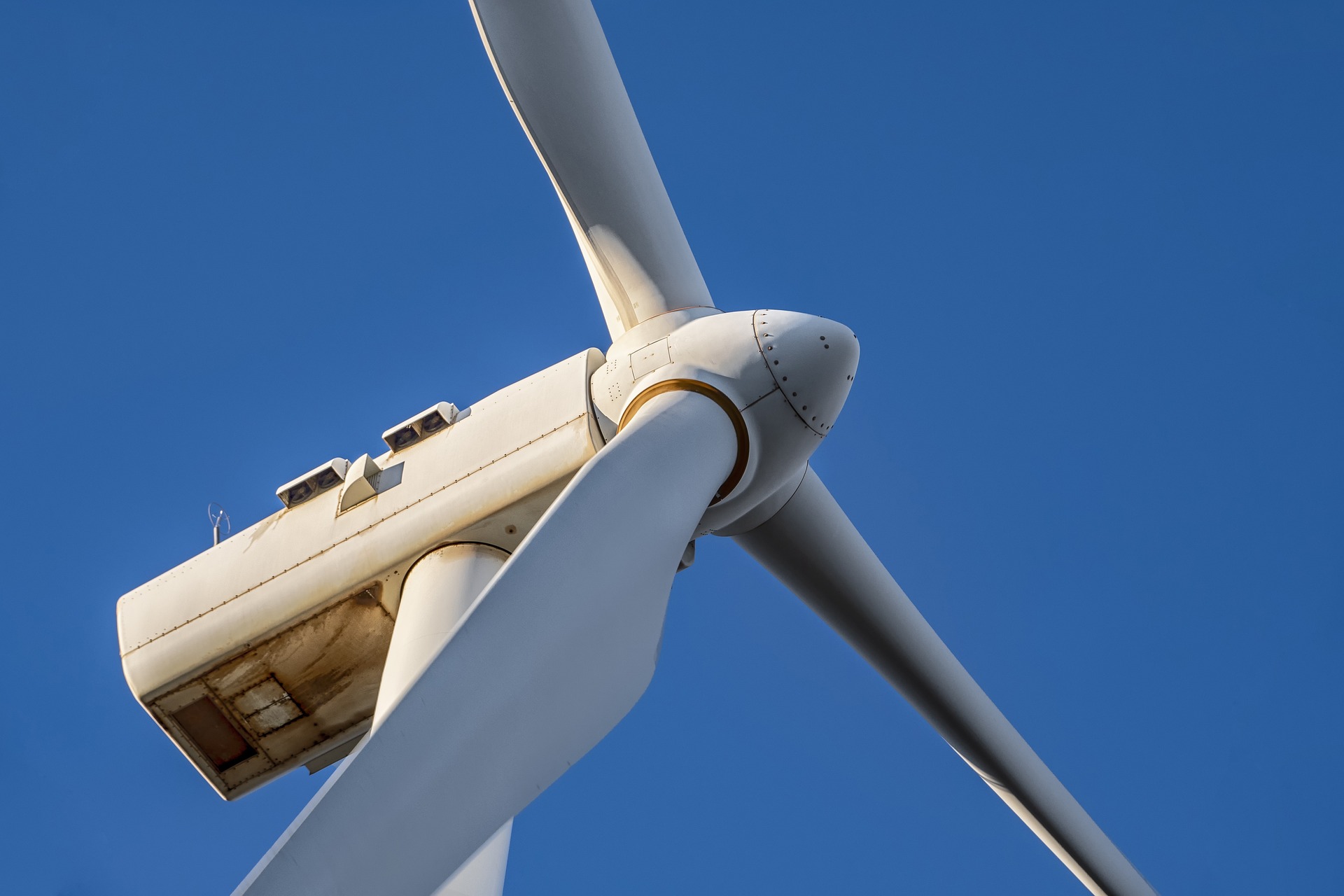The Rise of Wind Turbines: Powering Our Renewable Energy Future
Wind turbines stand as towering symbols of sustainable energy innovation, transforming the natural power of wind into clean electricity. As the world shifts towards renewable energy solutions, these remarkable structures have become increasingly vital in our global energy landscape, combining advanced engineering with environmental consciousness to create a more sustainable future.
Offshore Wind Farms: The Future of Renewable Energy
Offshore wind farms represent one of the most promising developments in renewable energy technology. Located in coastal waters, these installations benefit from stronger, more consistent wind patterns compared to land-based alternatives. The marine environment, while challenging, offers vast open spaces for larger turbine installations without the land-use constraints faced by onshore projects. These offshore facilities can generate substantial amounts of clean energy while minimizing visual impact on coastal communities.
Wind Turbine Technicians: Essential Workers in the Green Economy
Wind turbine technicians play a crucial role in maintaining these complex energy systems. These skilled professionals combine technical expertise with physical stamina, often working at heights exceeding 300 feet to perform maintenance and repairs. Their responsibilities include regular inspections, component replacement, and troubleshooting sophisticated electronic systems. The growing demand for renewable energy has made this career path increasingly attractive, with specialized training programs emerging worldwide.
Marine Considerations in Offshore Wind Development
The marine environment presents unique challenges and opportunities for wind energy development. Engineers must account for factors such as wave action, saltwater corrosion, and marine ecosystem protection when designing offshore installations. Special vessels and equipment are required for construction and maintenance operations, while environmental impact assessments ensure minimal disruption to marine life. Despite these challenges, the benefits of consistent wind patterns and proximity to coastal population centers make offshore wind an attractive renewable energy option.
Economic Impact and Industry Growth
The wind energy sector has experienced remarkable growth, creating numerous jobs and economic opportunities. This expansion has led to increased demand for specialized equipment, services, and skilled workers. Here’s a comparison of major wind turbine manufacturers and their market presence:
| Manufacturer | Annual Capacity | Key Markets | Turbine Sizes |
|---|---|---|---|
| Vestas | 16 GW | Global | 2-6 MW |
| Siemens Gamesa | 14 GW | Europe, Asia | 3-14 MW |
| GE Renewable Energy | 13 GW | Americas | 2-12 MW |
| Goldwind | 12 GW | Asia Pacific | 2-8 MW |
Prices, rates, or cost estimates mentioned in this article are based on the latest available information but may change over time. Independent research is advised before making financial decisions.
As we transition toward a more sustainable future, wind turbines will continue to play an increasingly important role in our energy infrastructure. The combination of technological advancement, environmental benefits, and economic opportunities positions wind power as a cornerstone of the global renewable energy revolution. With ongoing innovations in design, efficiency, and integration with power grids, wind energy remains a promising solution for meeting our growing energy needs while reducing environmental impact.







